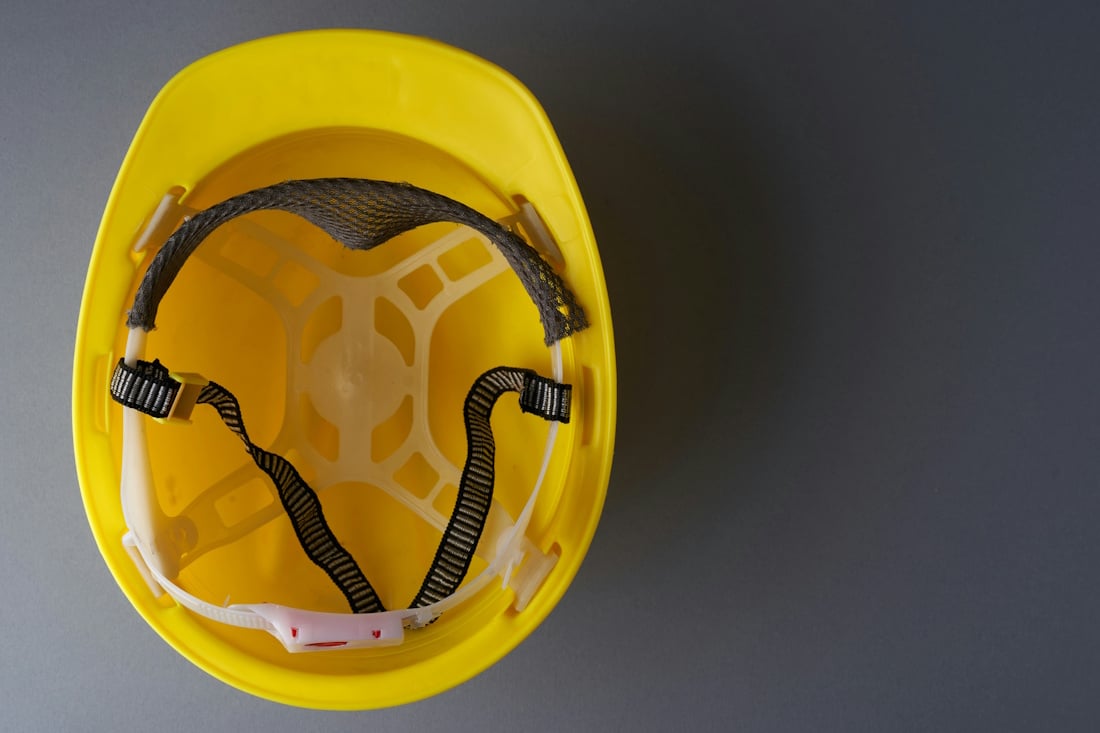How Is Demand For Office Space Likely To Change As A Result Of COVID-19?
The coronavirus pandemic is forcing companies to re-evaluate their office space strategies entirely, and many say that it’s acting as the catalyst for changes that were already afoot. It’s no revelation that remote working was on the rise prior to the pandemic, and according to a Gartner survey of company leaders, 80% plan to allow employees to work remotely at least part-time following the pandemic.
We think the remote working trend will see businesses opting for smaller offices with flexible agreements. Many companies simply won’t require a desk space for every employee, and we expect that locations outside city centres will also experience a surge in demand.
But it’s not just remote working prompting companies to seek out smaller spaces.
In the short-term at least, companies could favour private offices over open plan coworking areas for hygiene reasons - it’s easier to control footfall and the risk of cross contamination is lower. Other factors are influencing the demand for small offices too, such as the increase in the number of companies starting up.
Size aside, one thing’s for sure: offices are here to stay.
Despite the positives of remote working, the pandemic has revealed its drawbacks. Success - for businesses operating in the knowledge economy, for instance - relies on those spontaneous in-person interactions and light-bulb moments that Zoom just can’t replicate. An office can also be a vital hub when it comes to developing a talented workforce. Here is a look at why.
1. Established Companies Are Downsizing
An independent survey by Accumulate Capital of more than 500 senior decision-makers found that 73% expect businesses to downsize as a result of the coronavirus pandemic. In times of financial crisis, business owners tend to focus on reinvesting the operating costs associated with the office in areas such as marketing and technology.

While some companies are actively downsizing, others are choosing not to expand their footprint and work with what they already have, even if they’re hiring more employees. Many see introducing a blended workplace strategy where employees split their time between home and the office as the way forward.
Following the pandemic, we could also see a move away from the centralised HQ model to a more dispersed approach, with companies utilising smaller offices in different locations. Speaking with WSP, Professor Bill Kerr from Harvard Business School says, “a lot of companies are going to be thinking about how they could make their workforce if not pandemic-proof, at least pandemic-resistant.”
“Opening a second office might not have made sense historically, but may be something that younger companies should do at an earlier stage. We have celebrated density and packing people together, but that’s putting a lot of eggs in one basket.”
2. A Record Number of Companies Are Starting Up
Despite (and also due) to the disruption caused by the pandemic in terms of job losses, 2020 saw a record number of firms starting up. An additional 84,758 businesses were created in 2020 than in 2019, which is a year-on-year increase of 12%. This is the largest percentage growth recorded since 2011 and the highest actual growth ever recorded.

These new businesses - many of which fall under the ‘sole trader’ type - would typically opt for a coworking membership over a private office. Coworking memberships are usually less expensive and individuals can typically sign up on a monthly rolling basis.
Although many newly established companies are running their business from their home office until it’s safe to cowork, many are opting for small one or two-person offices for hygiene reasons.
Speaking with Commercial Real Estate in Q2 2020, George Harb, the NSW Head of Metropolitan Office Leasing for Cushman & Wakefield explained that demand for small offices had inevitably fallen at the start of the pandemic due to economic uncertainty.
However, he also said that post-pandemic, there could be huge opportunities for office space providers to lease (or let) workspace to smaller businesses:
“Smaller tenants, sub-300 square metres, were the main users of coworking space, and social distancing measures have put the coworking model under immense pressure, changing the way people view their workspace.”
“Some coworking sub-tenants may not continue to work from home once lockdown measures subside and are more likely to require their own office space either in the CBD or more affordable metropolitan areas.”
In the UK, the government’s National Infrastructure Strategy aims to upgrade the UK’s economic infrastructure, promising significant investment in UK areas that have been previously underserved. Plans include the transformation of bus and cycle infrastructure, a 'gigabit' broadband deployment, and funding to 'level-up' local communities.
As a result of this strategy, we expect to see demand for small offices rise across the UK, not just in Central London and its fringe locations.
3. Flexible Workspace Operators Are Offering Incentives
Finally, the increased volume of available space out there at the moment is making prices more affordable and prompting workspace operators to offer some unbeatable deals.
Agreements are becoming even more flexible, making it possible for start-ups to sign up for a small private office on a monthly basis and exit without incurring a fee. Private office members can leverage the same benefits as coworking members in terms of access to events and exposure to networking opportunities.






